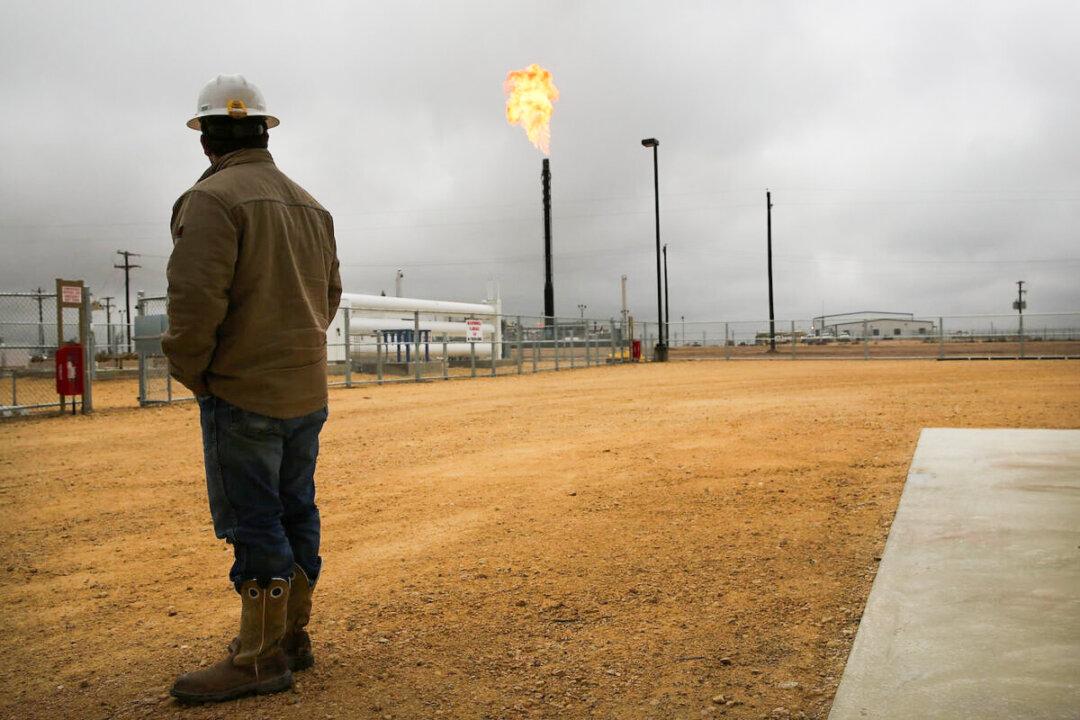Natural gas prices are expected to be “volatile” across the United States as the winter heating season begins amid uncertainty about the weather, according to the Energy Information Administration (EIA).
In its November Short-Term Energy Outlook (STEO) published on Nov. 9, the EIA estimated that U.S. natural gas storage levels had risen to within 3 percent of the previous five-year average at the end of October. But extremely cold weather in February also led to lower-than-average natural gas storage levels across the nation throughout the summer.





